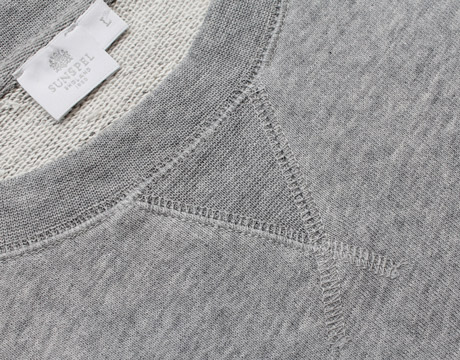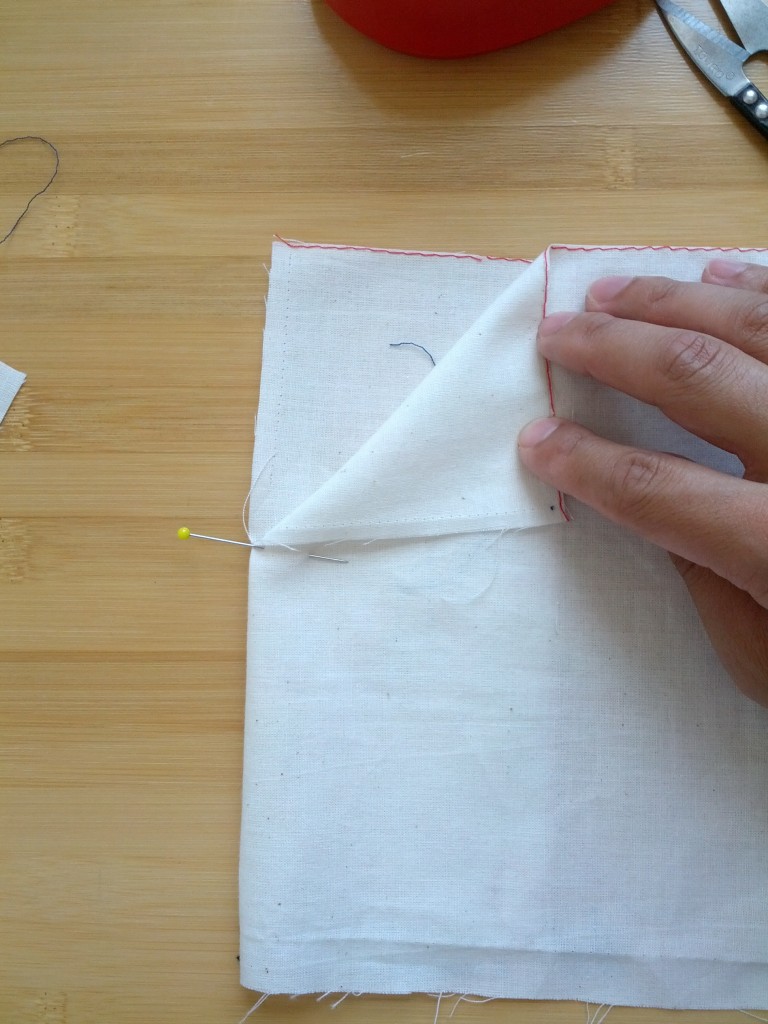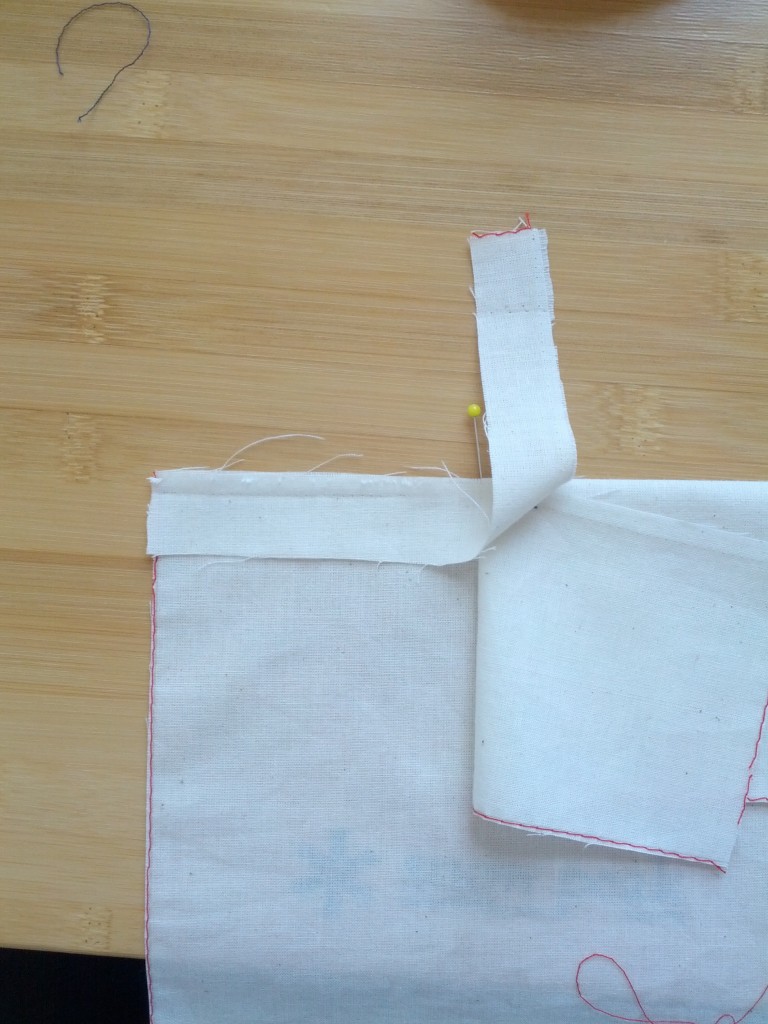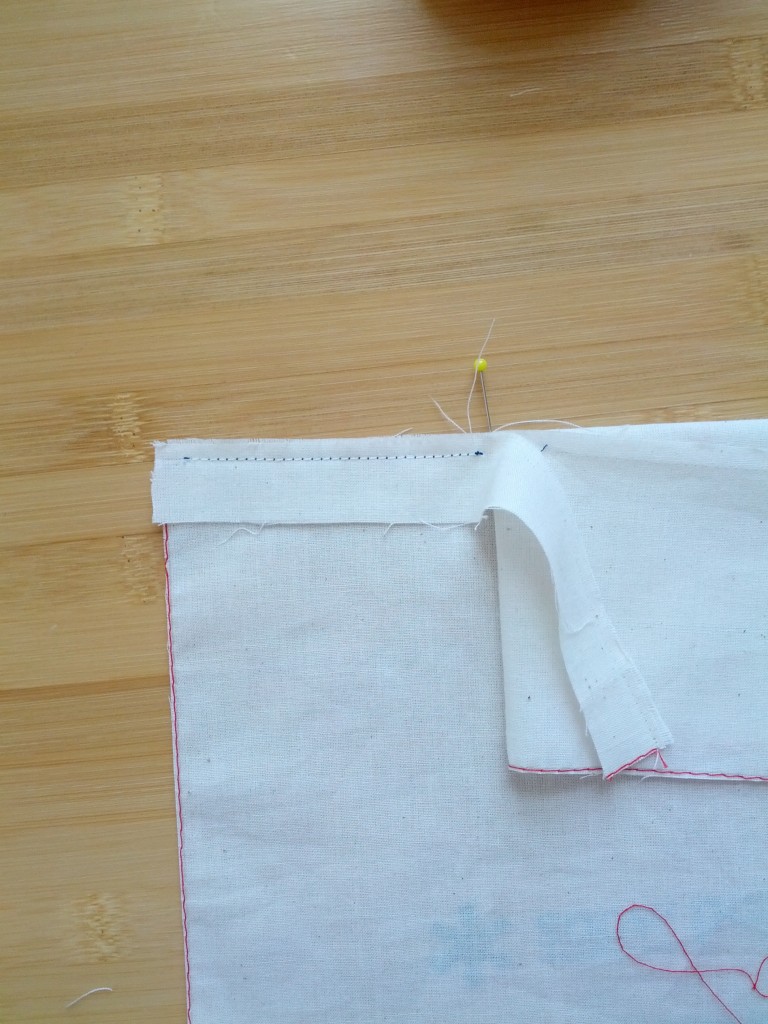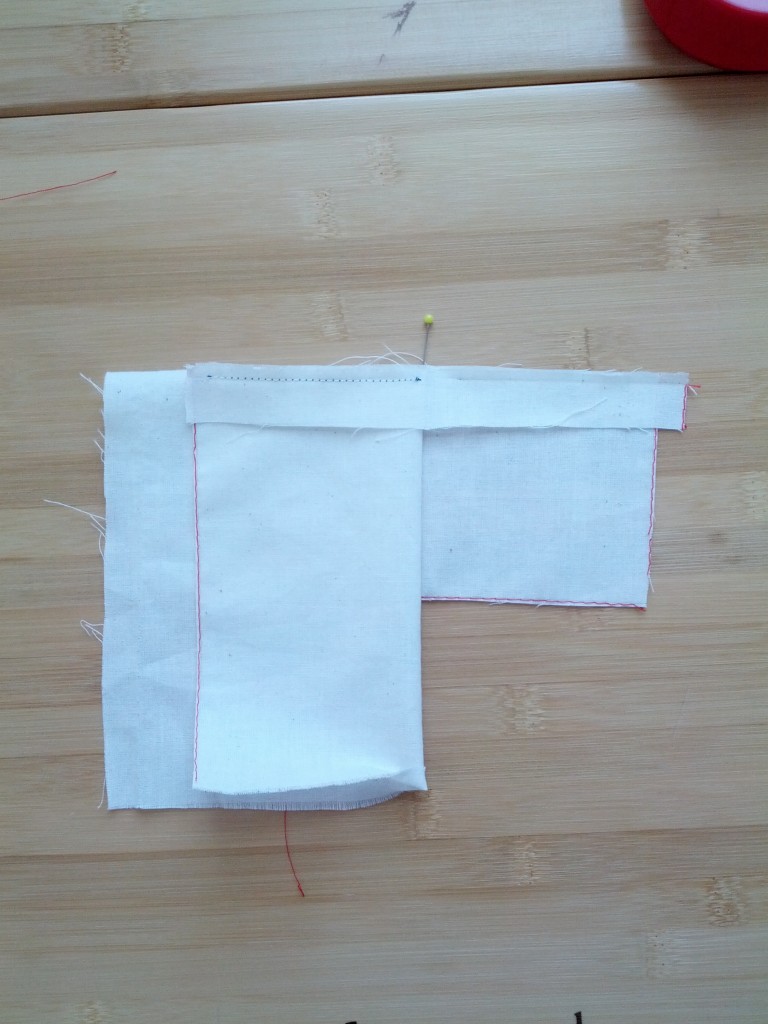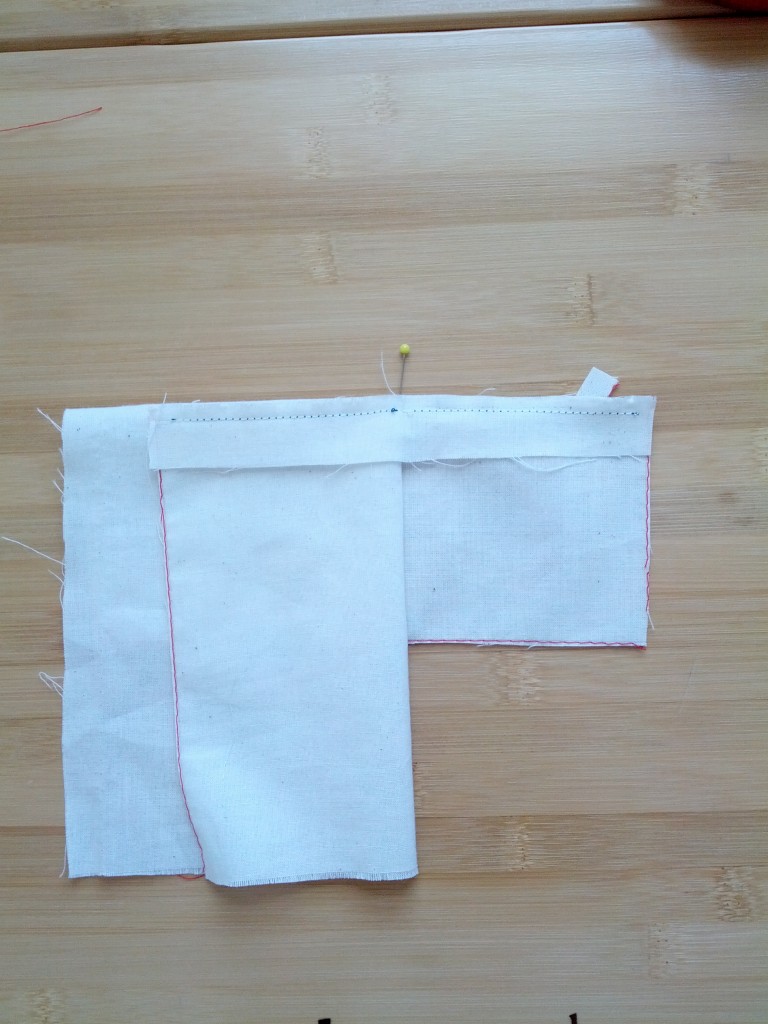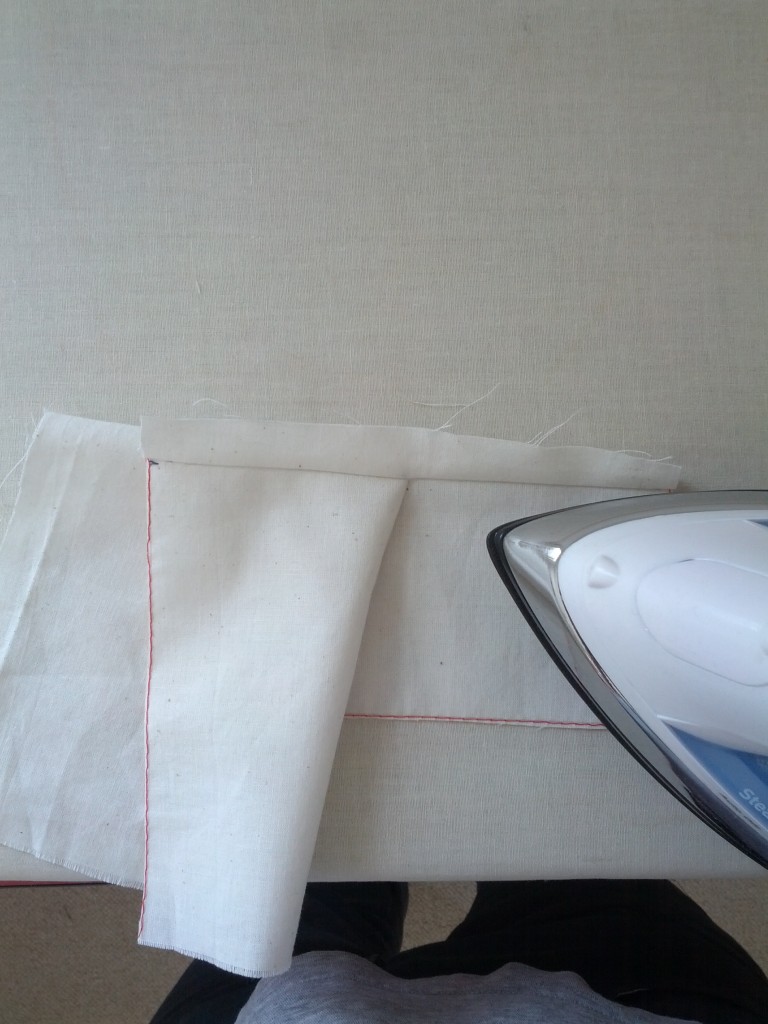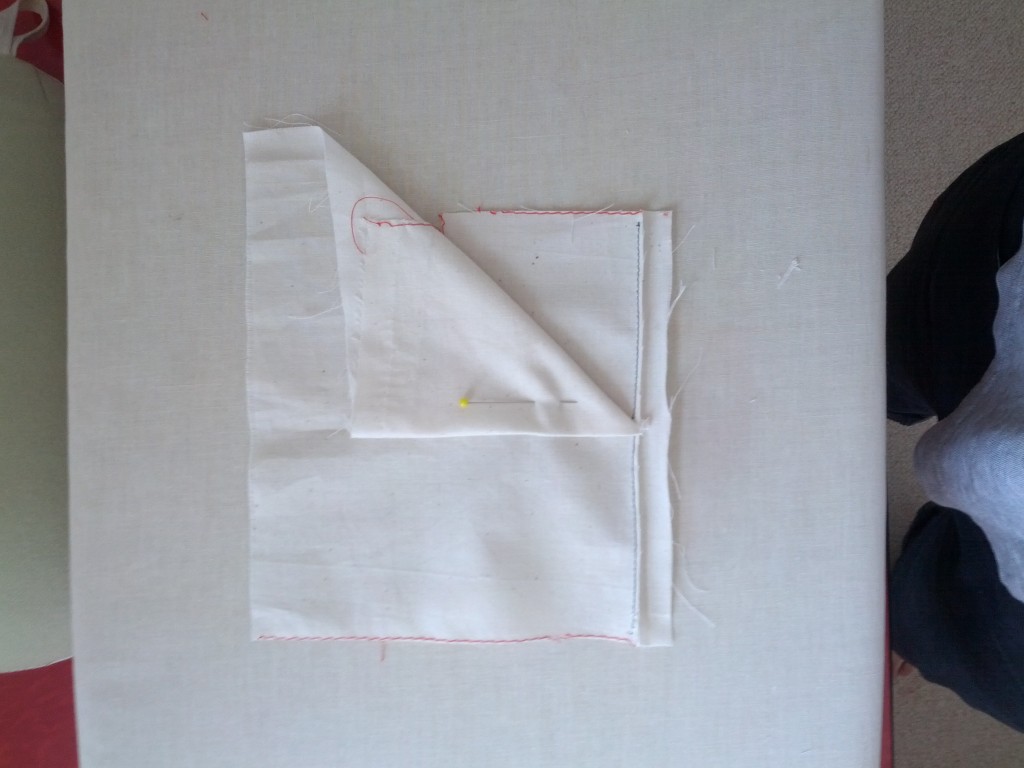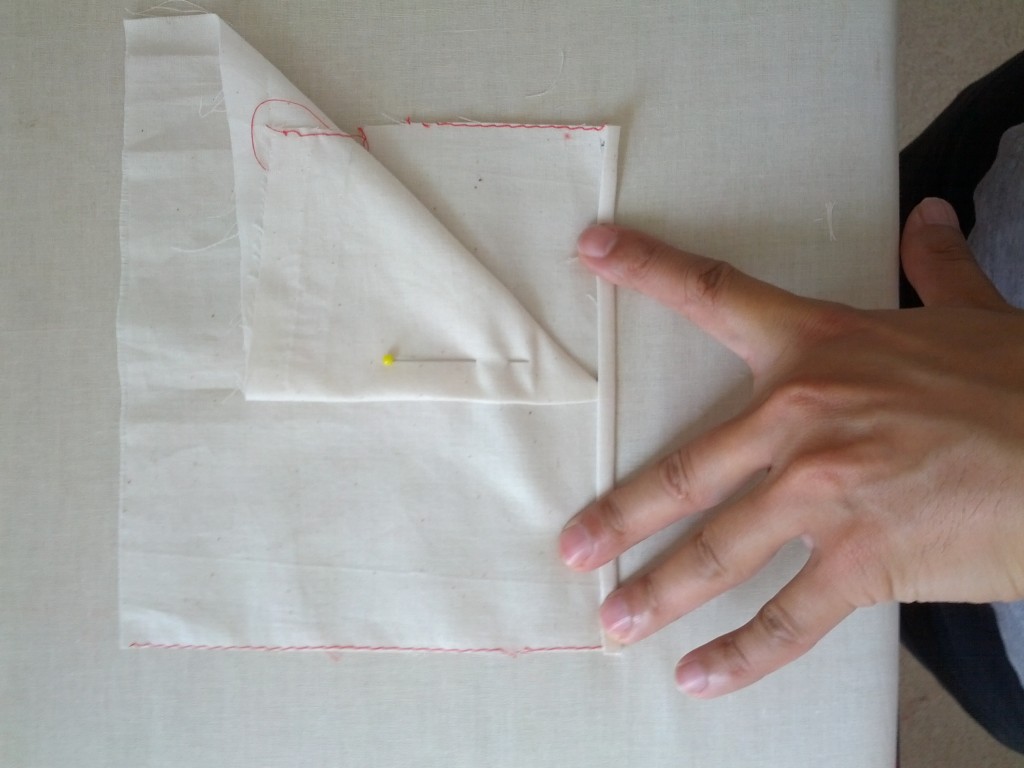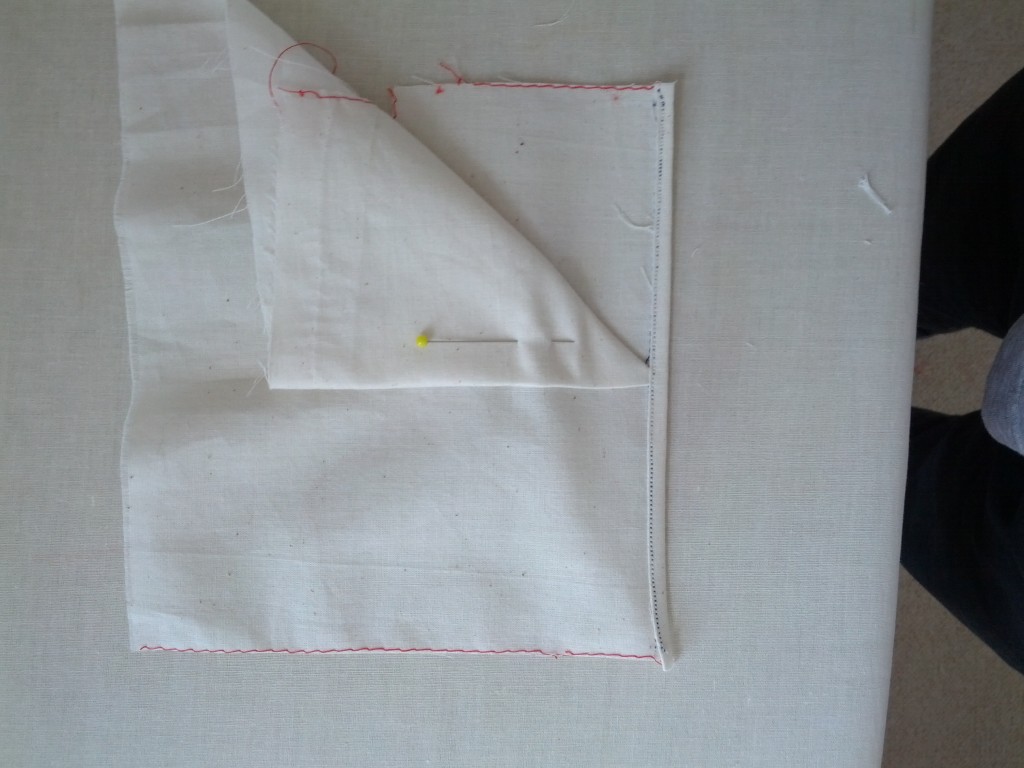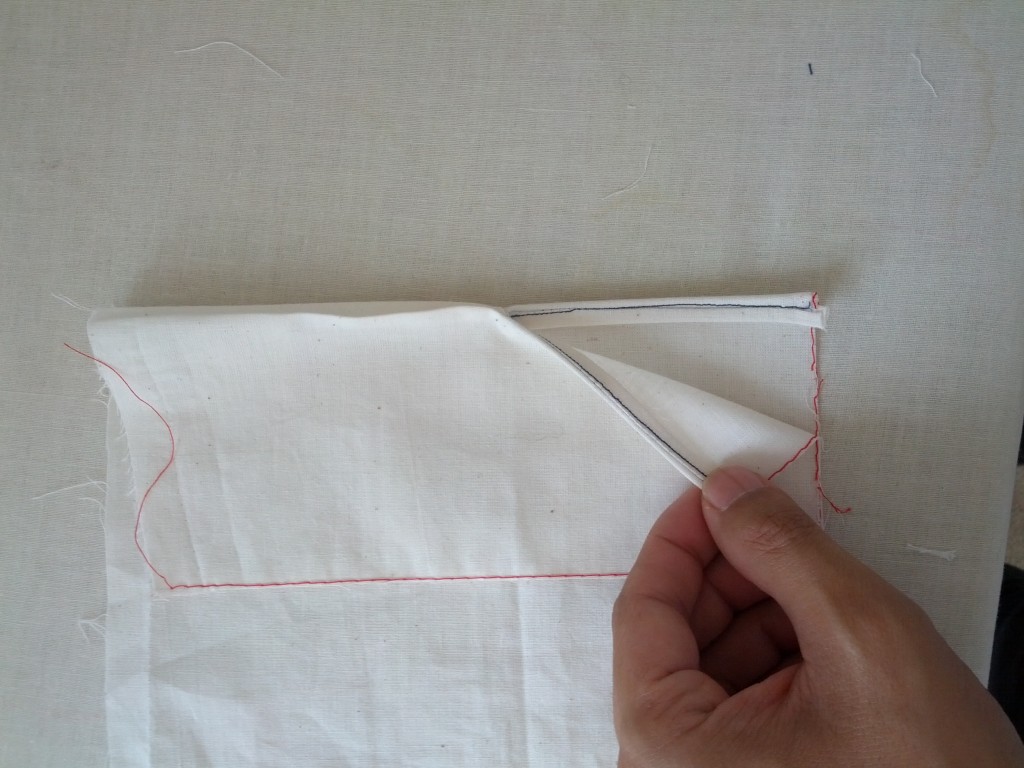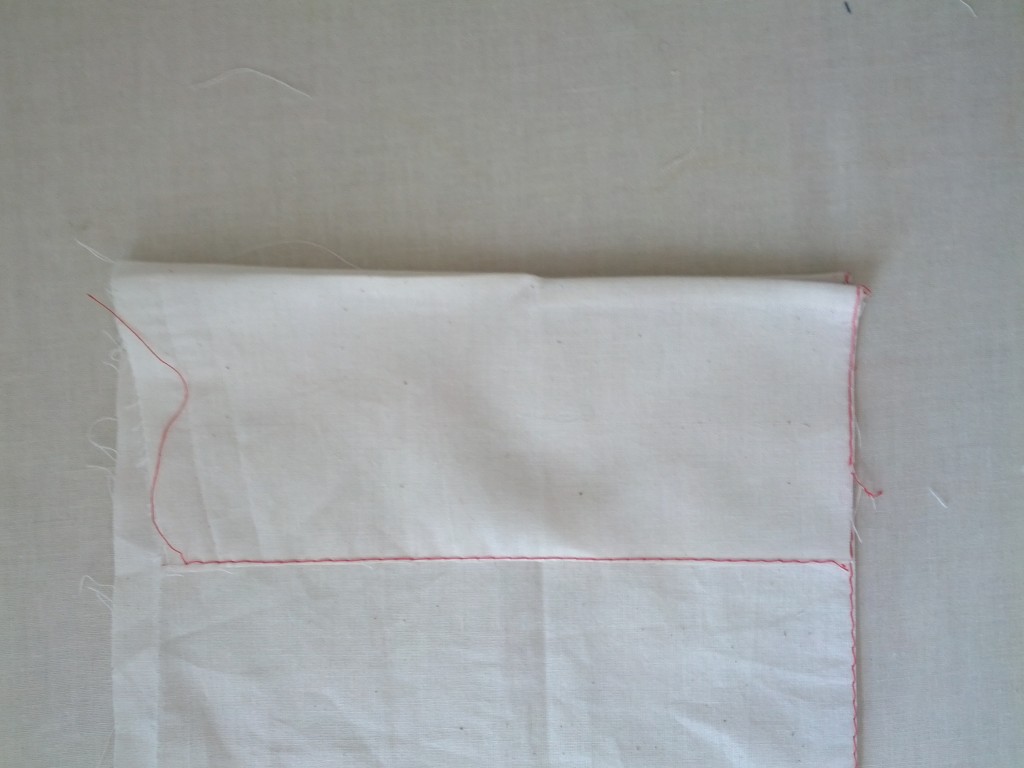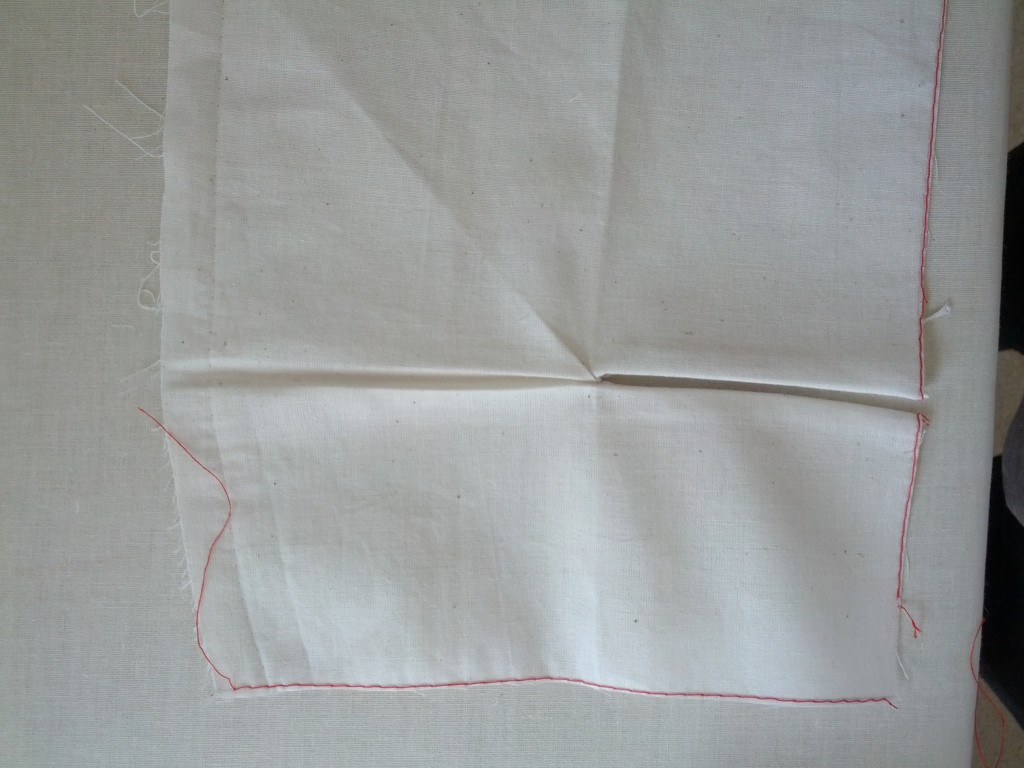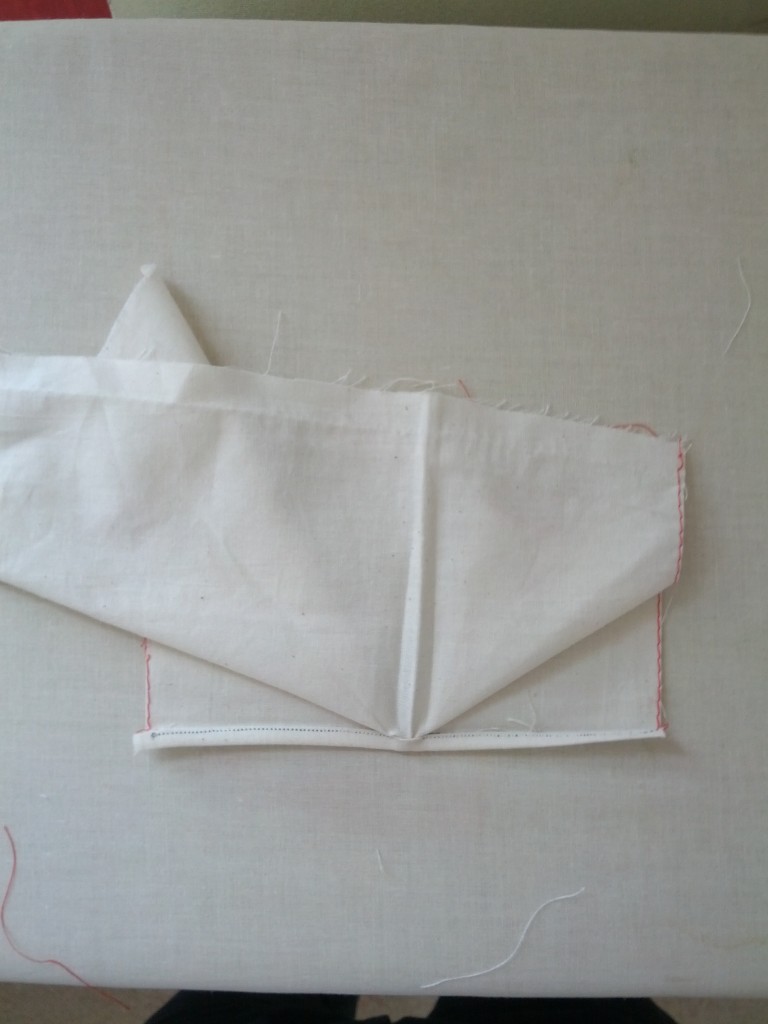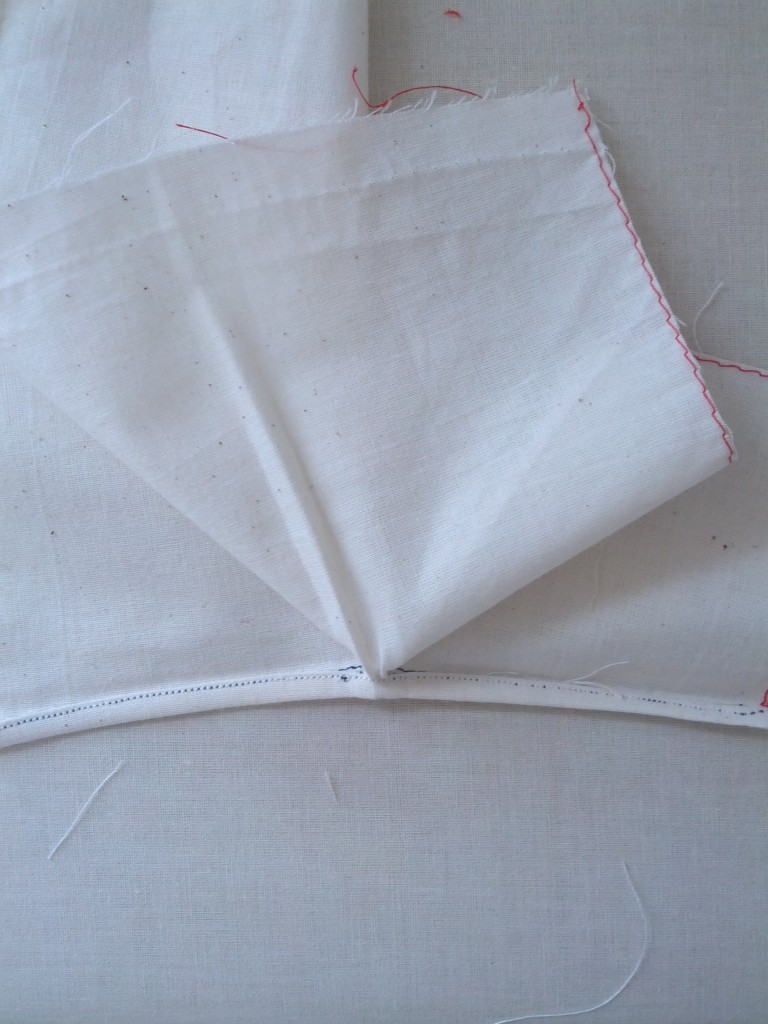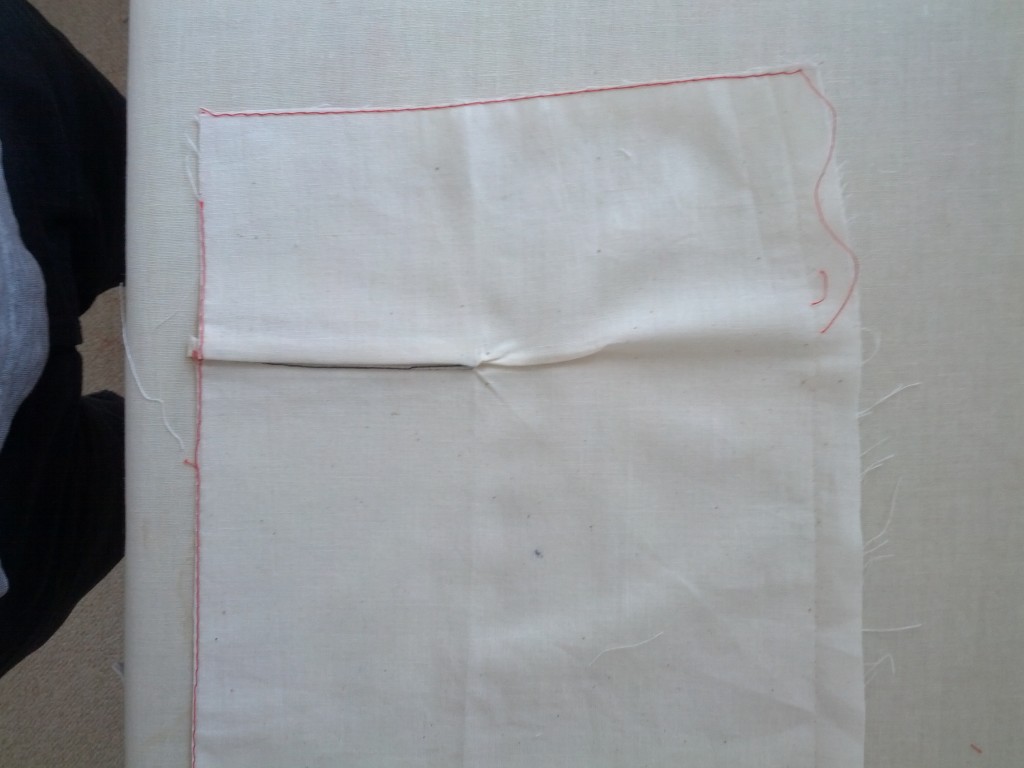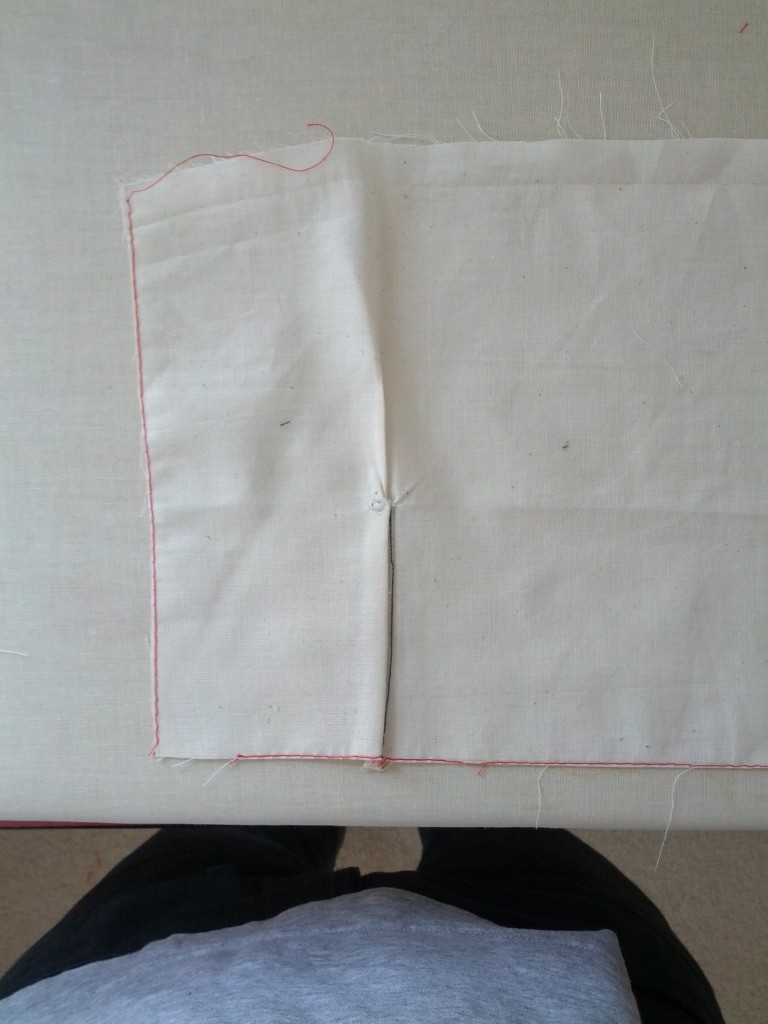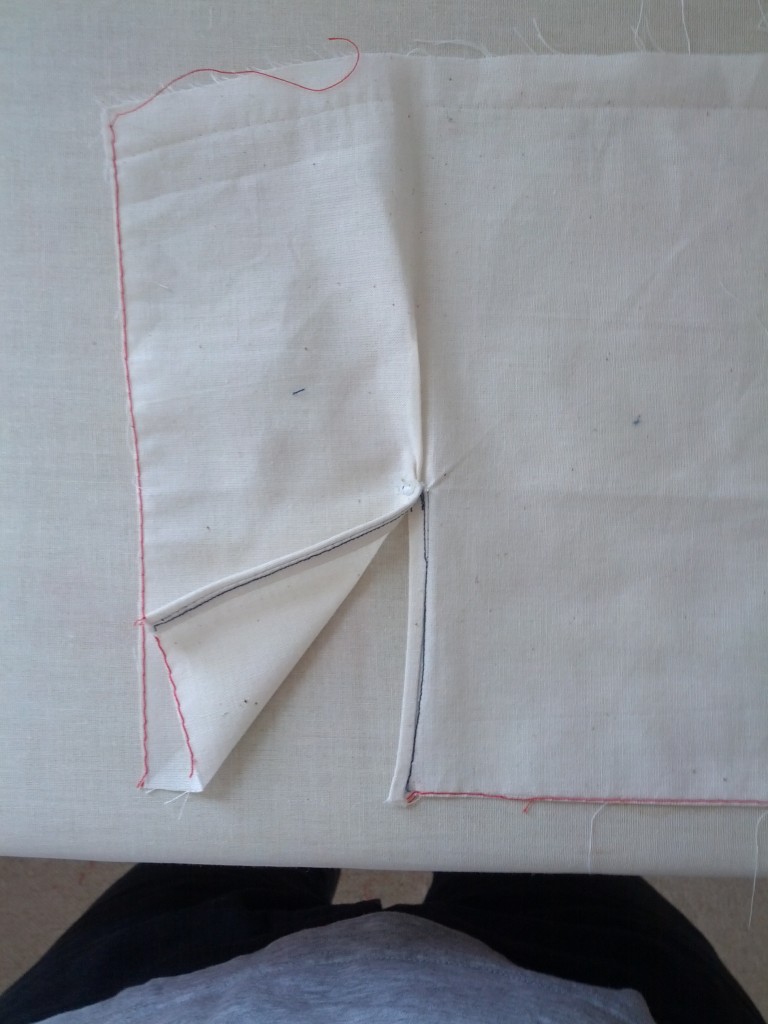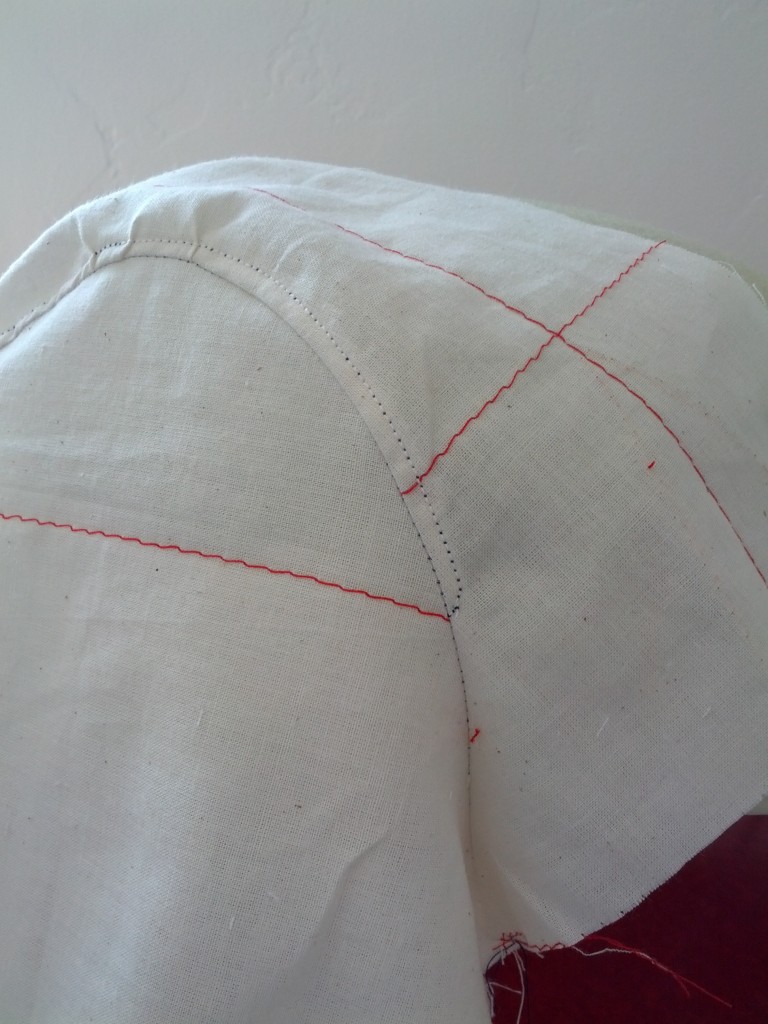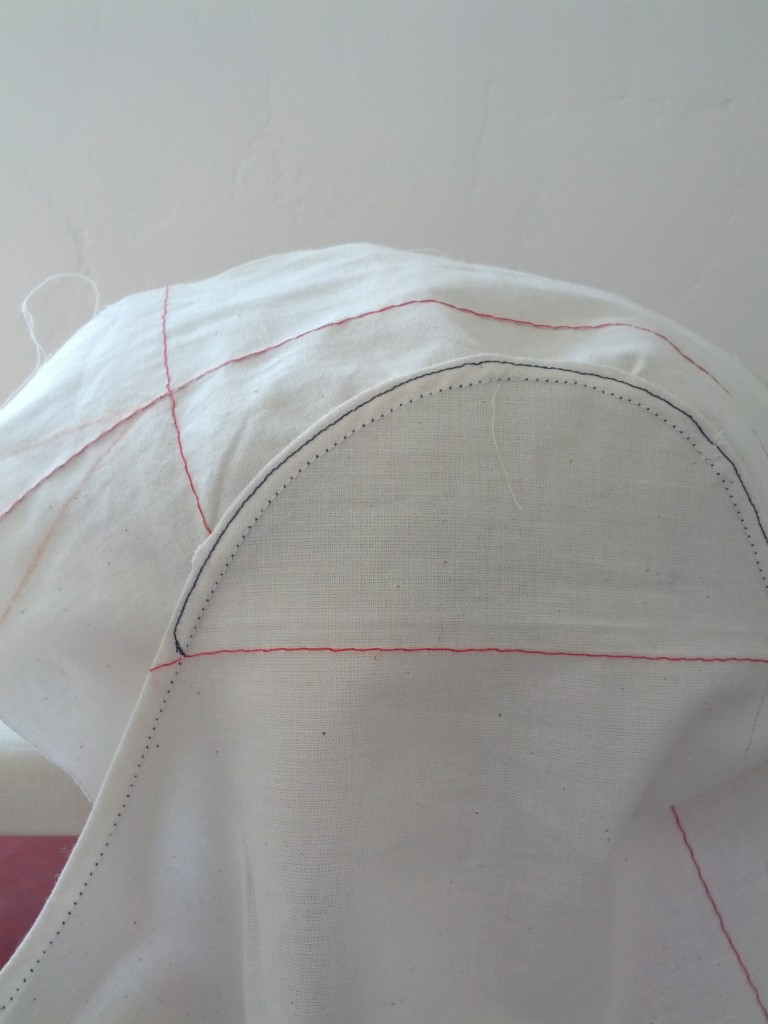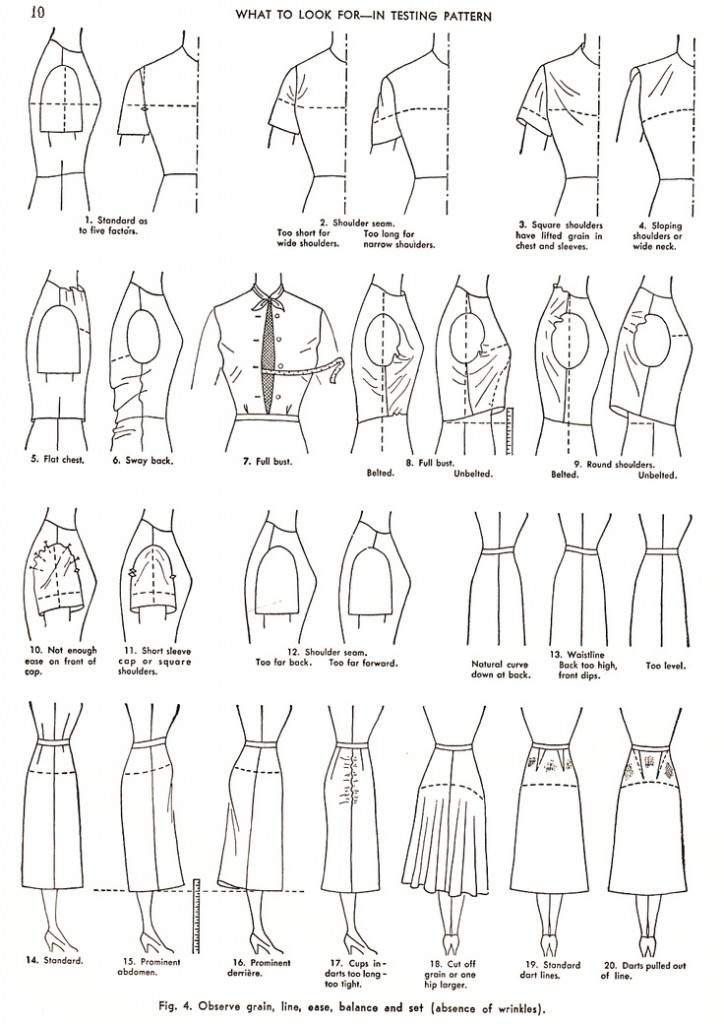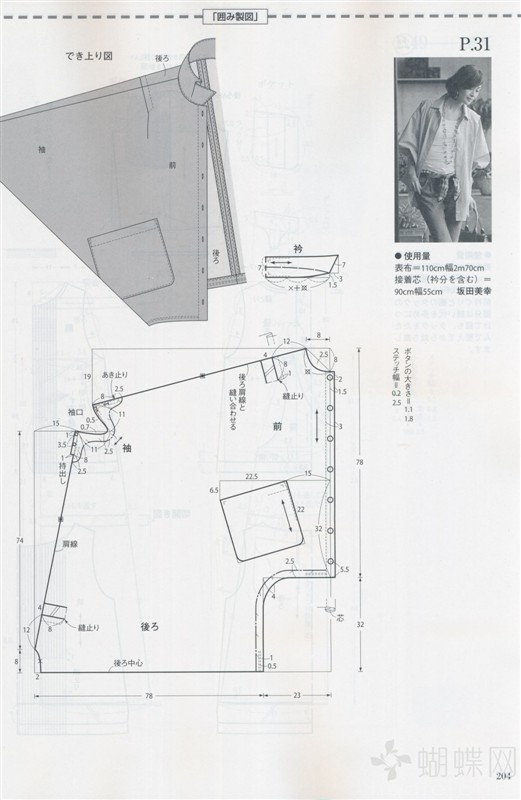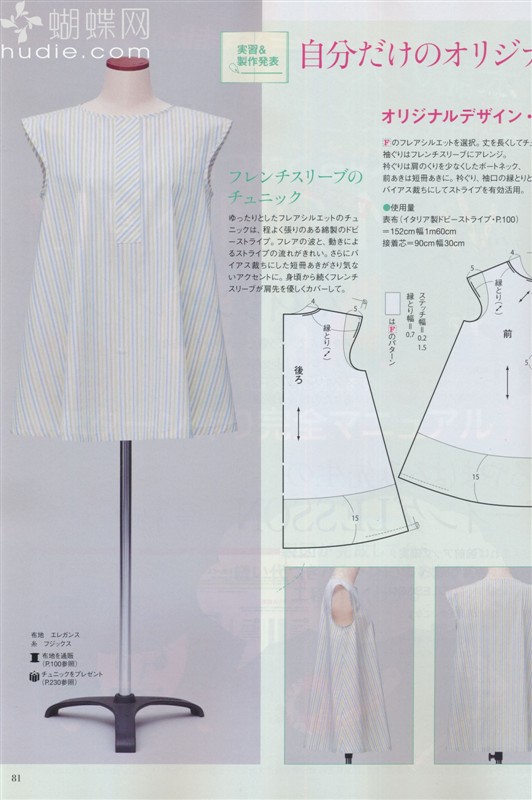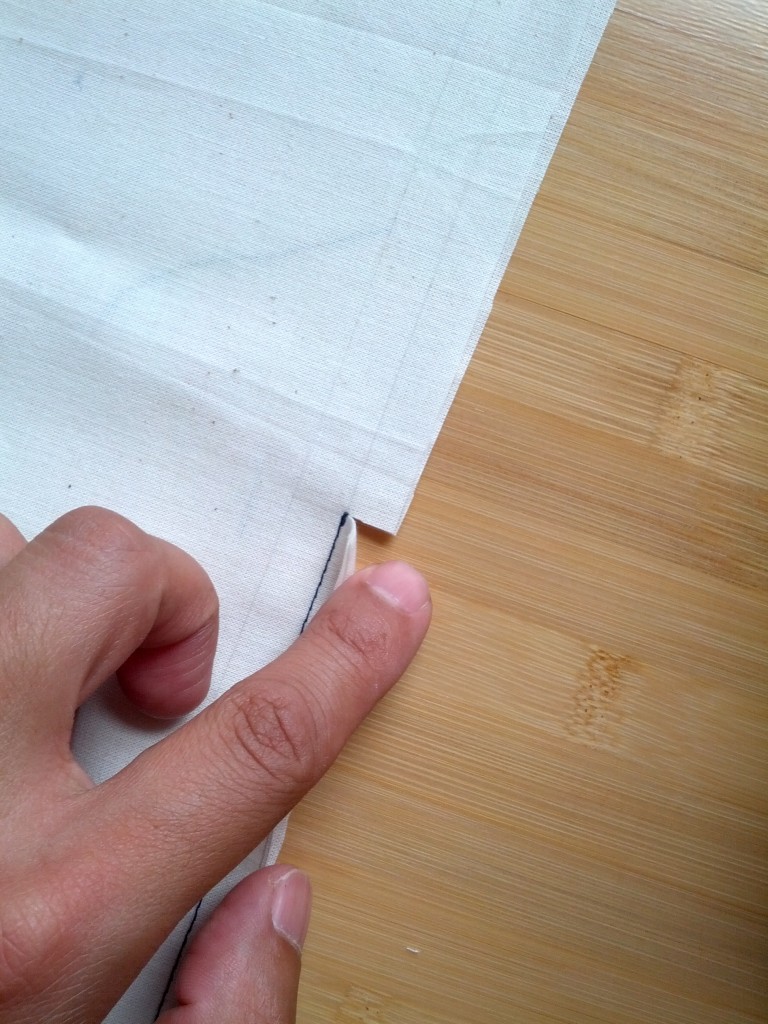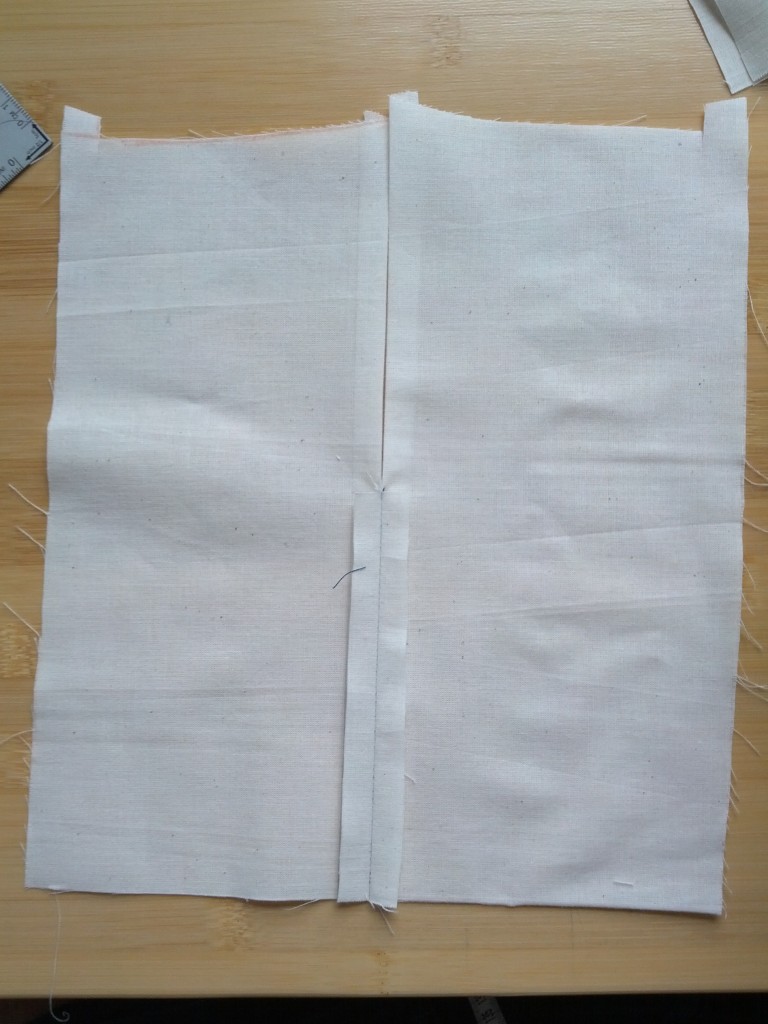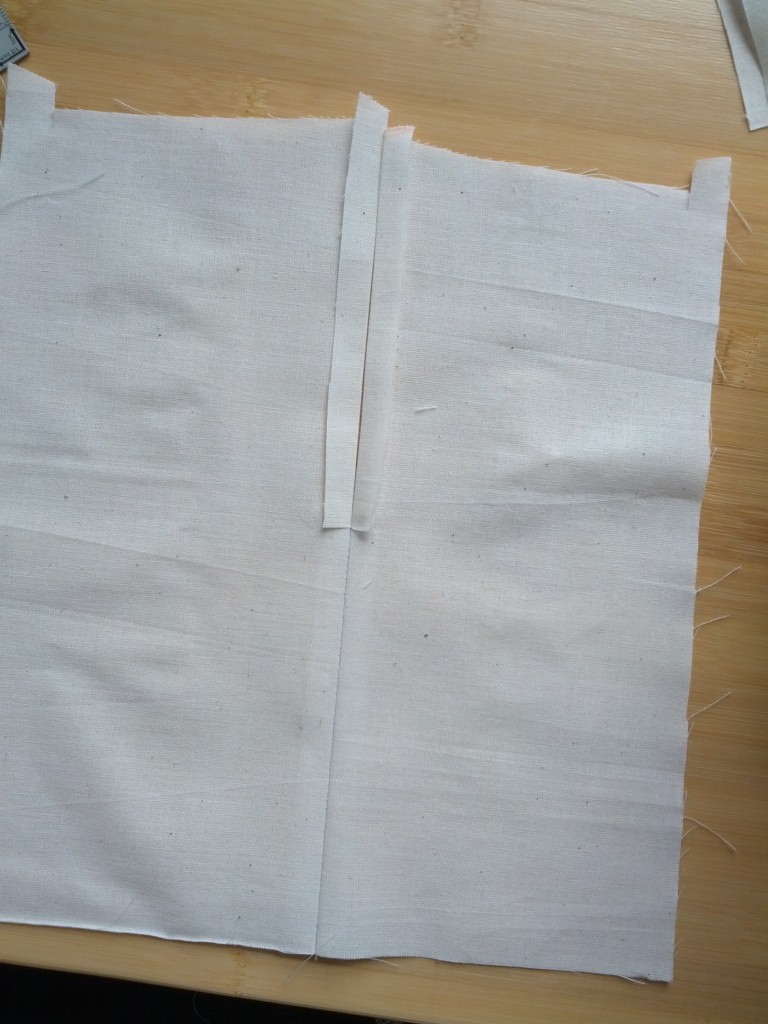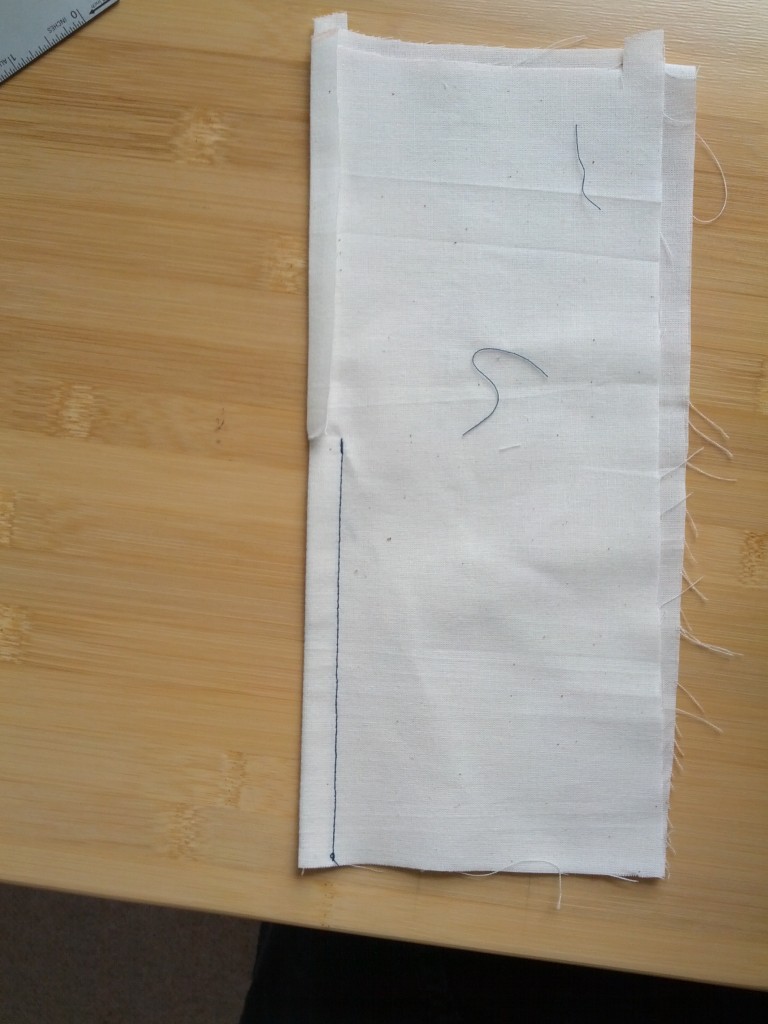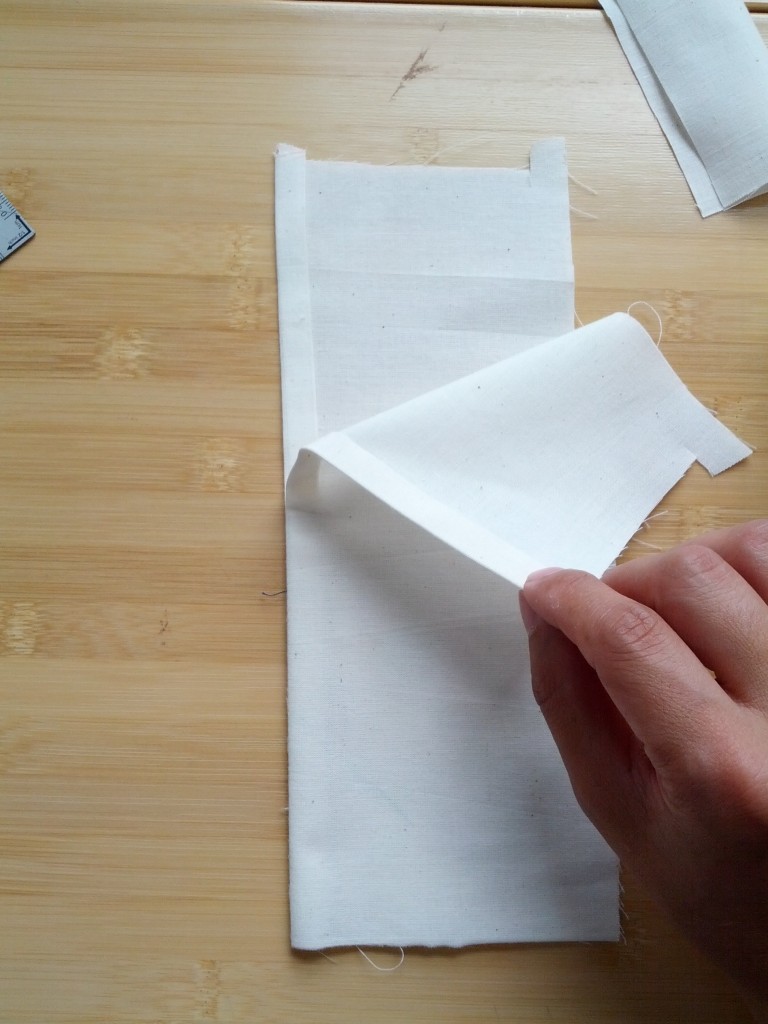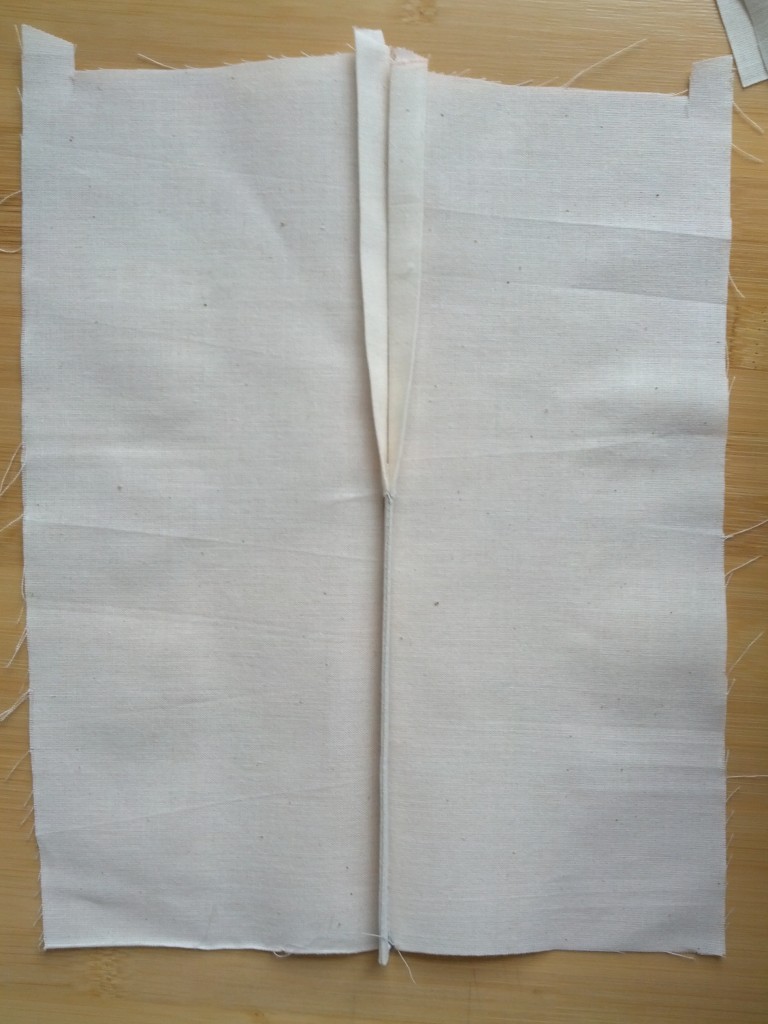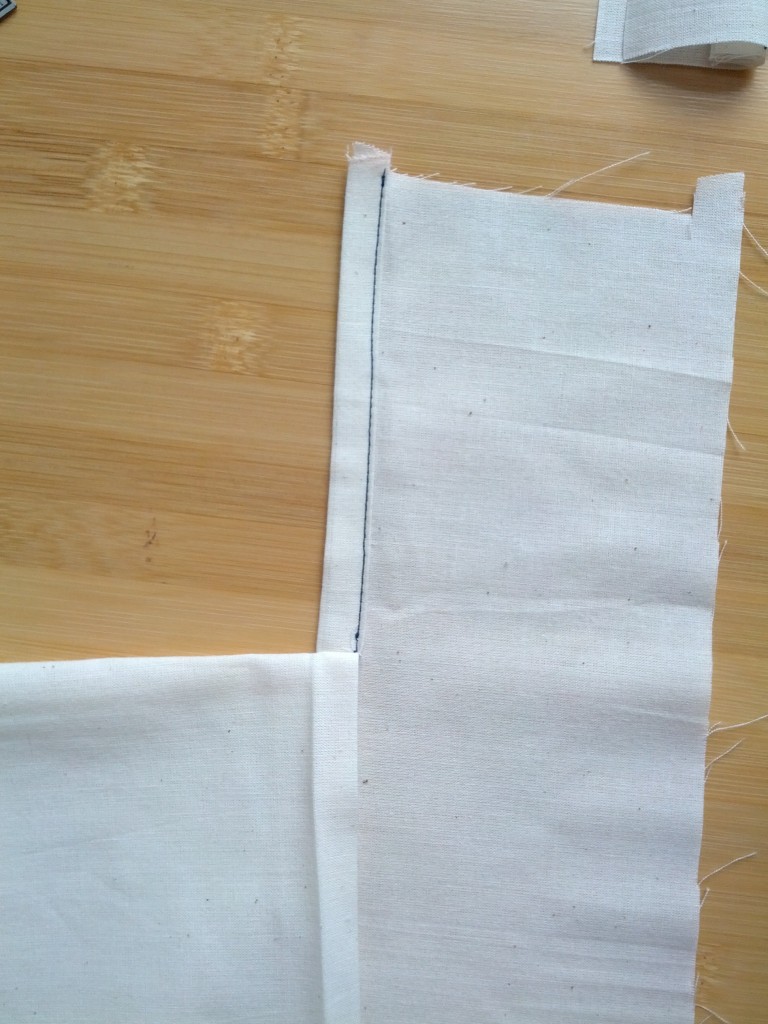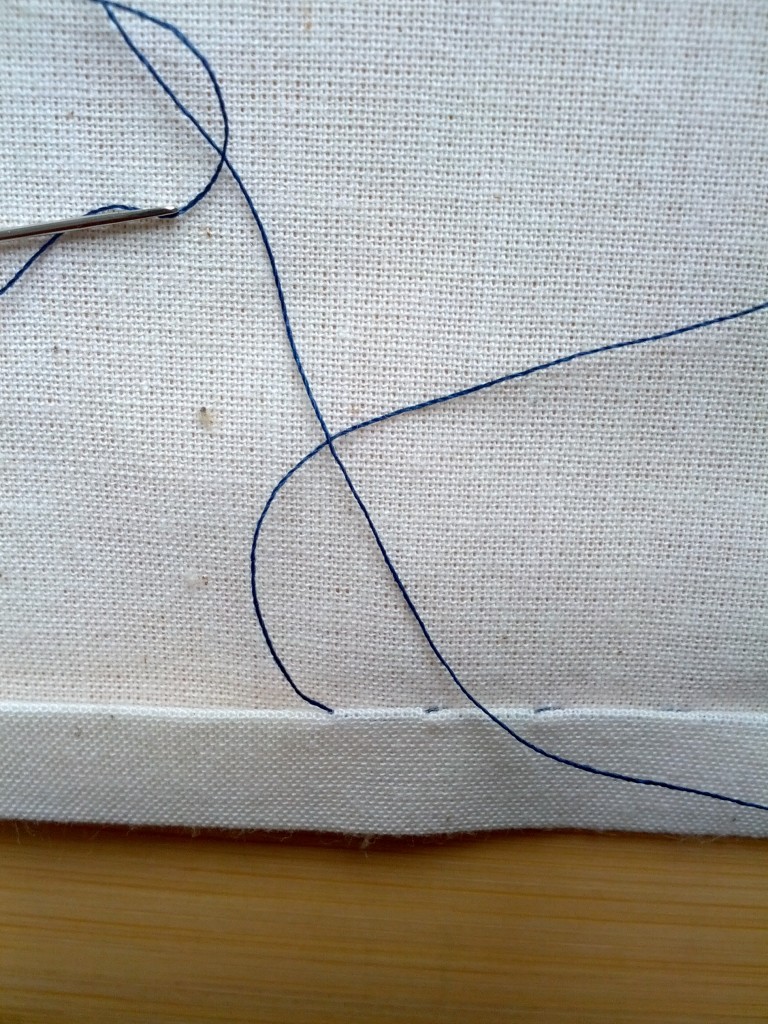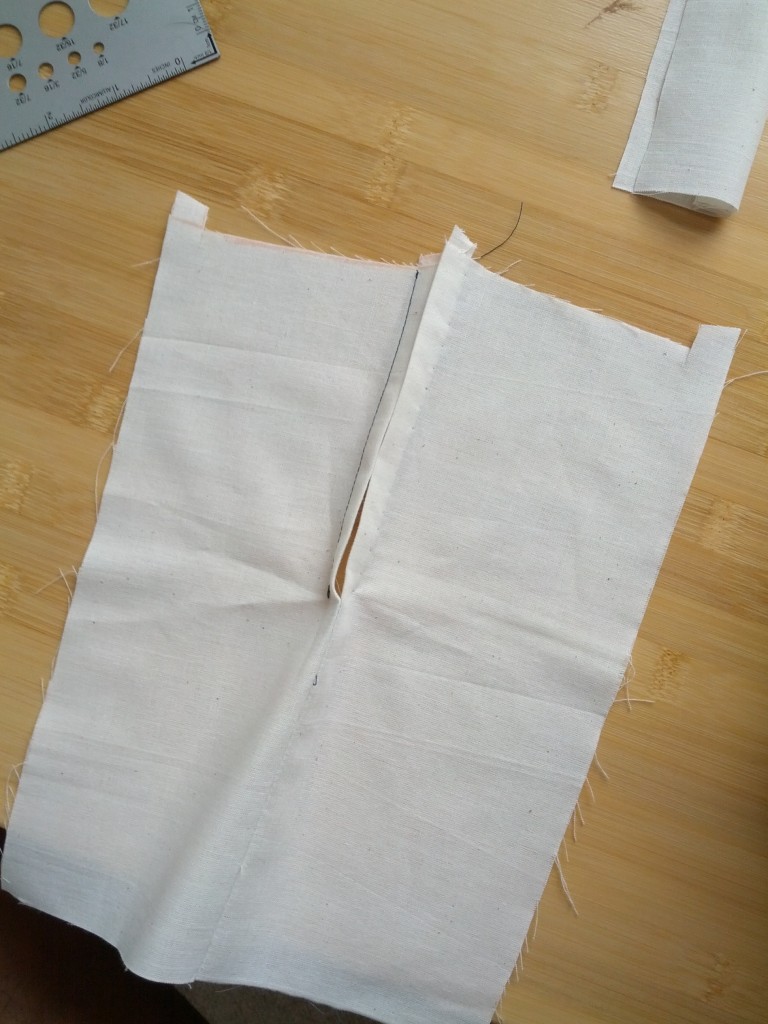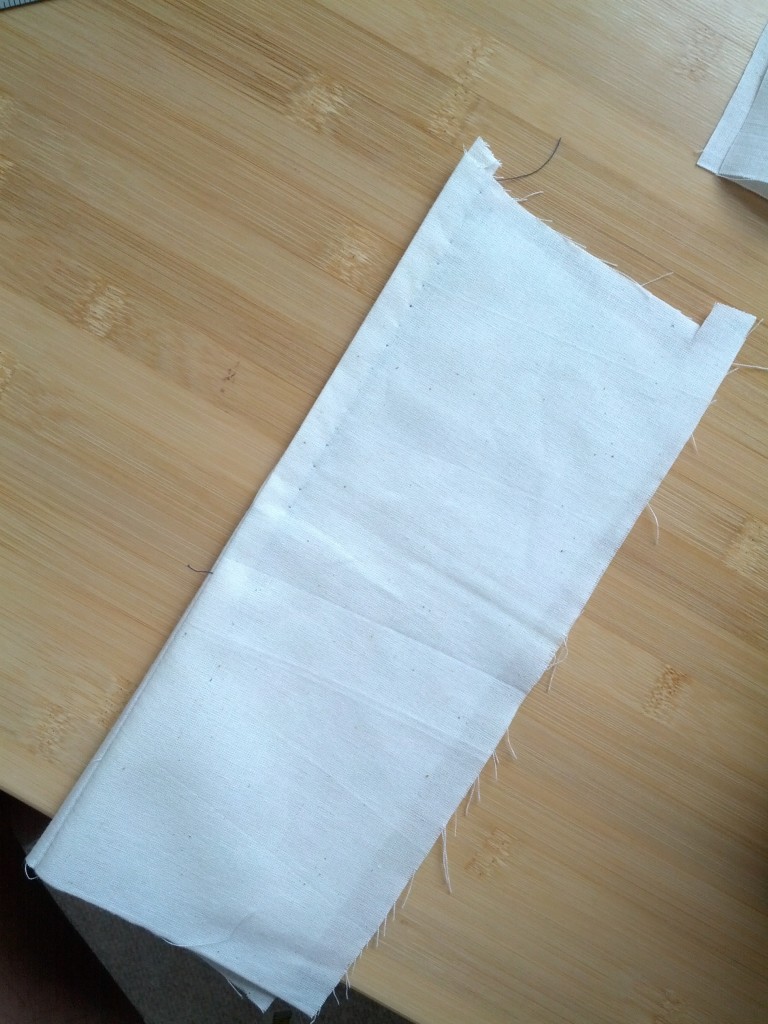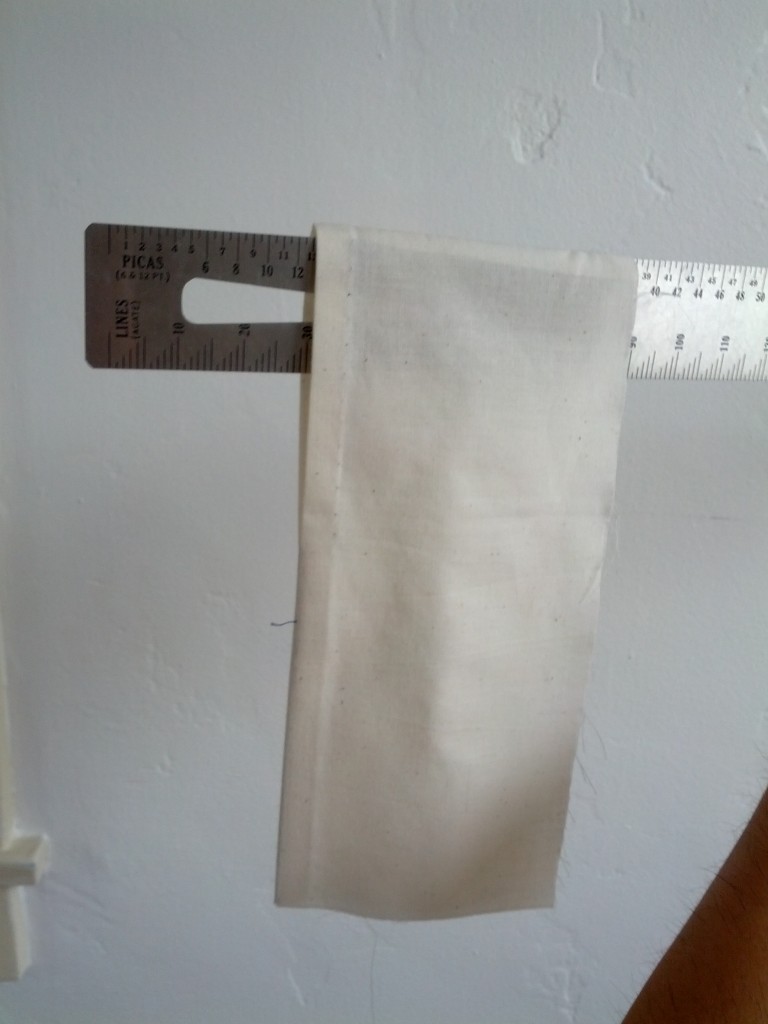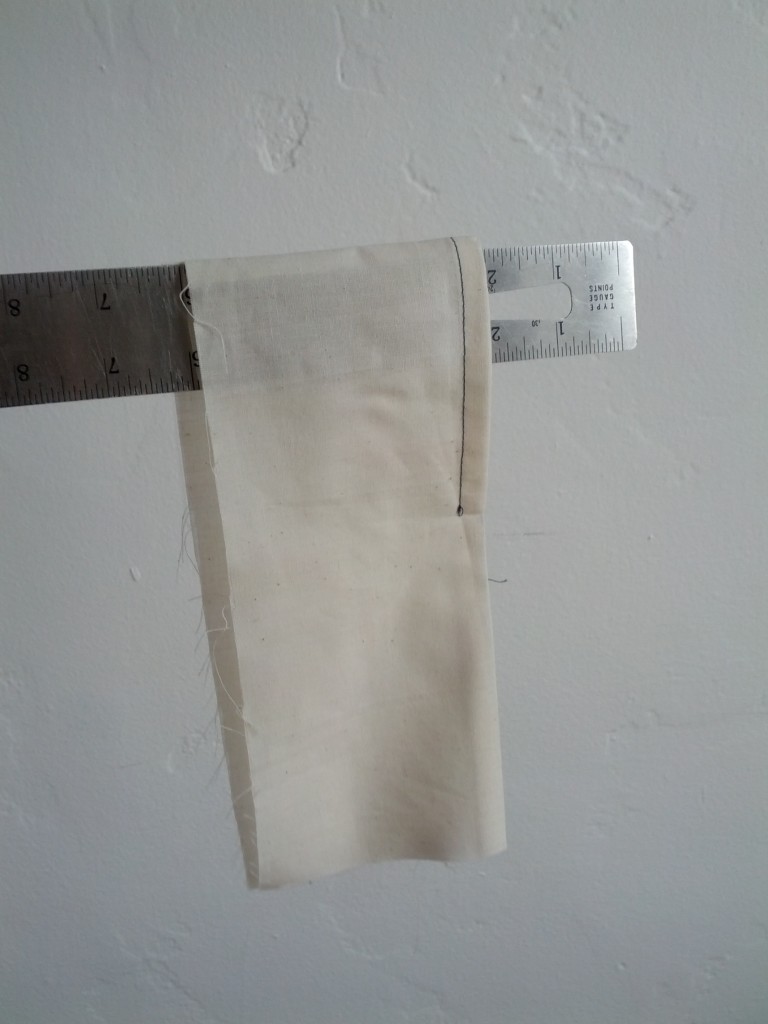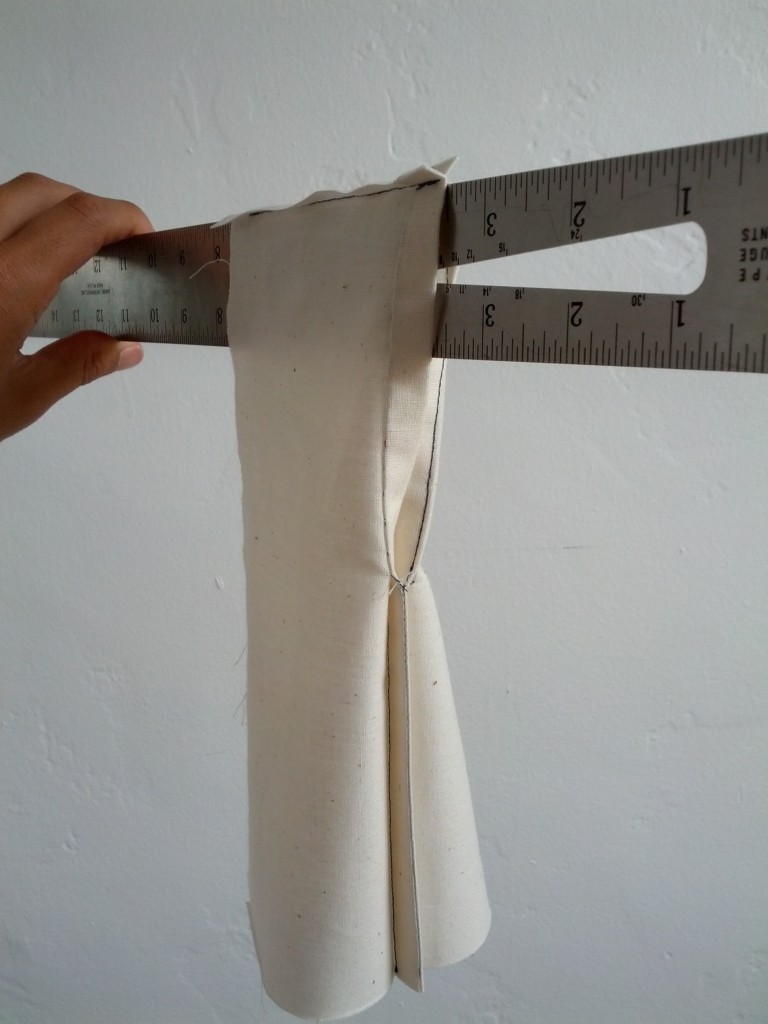Where does the sweatshirt come from?
A mainstay of any modern wardrobe, the sweatshirt’s continuous popularity crosses all generations and social backgrounds.
To get to the origins of the sweatshirt, we’ll have to venture back to 1920s Alabama, when Benjamin Russell, an owner of a women’s and children’s underwear factory was presented with a problem by his son. Bennie Russell Jr, a football player with the University of Alabama, had grown frustrated with the highly uncomfortable wool jerseys sported by the players. These were itchy, and prone to shrinking after washing.
Benjamin set about developing a comfortable alternative, using women’s underwear material as football shirts. The sweatshirt’s popularity amongst the sporting fraternity was immediate. Adopted amongst football and baseball players across the country, the sweatshirt became synonymous with American sport and comfort. Incidentally it picked up it’s not so glamorous sounding name from factory workers who commented on it’s apparent state post-game.
What is ‘Loopback’?
The term ‘Loopback’ is a literal description of a particular knit that features loops on the backside of the fabric.
This is the technical term given to the fabric commonly used in sweatshirts. The name comes from ‘Loopwheel, a traditional knitting machine used to knit the fabric and ultimately minimised the tension of the knit. Loopwheeled fabrics are spun and knitted with a much slower and older type of knitting rarely used today.
The fabric on the outer face of Sunspel’s ‘Q40 Loopback’ is made of two fine yarns knitted tightly together. We knit ours tighter, using a finer yarn that is more resistant to pilling (getting bobbles) which creates a less stodgy fabric.
Having the loops on the back of the fabric was originally designed to allow the sweatshirt to absorb sweat off your body and pass it into the garment to keep you cool. Our sweat top traps warm air to provide and insulating layer making our style warmer despite being 100% cotton.
What is that triangle on the sweatshirt?
‘That triangle’ has been a subject of debate within the Sunspel offices. The ‘Triangle’ or ‘Dorito’ as it’s been affectionately named, is a design feature that has appeared on sweatshirts since their inception.
The technical name is the ‘V-Stitch’ or ‘V-Insert’, a piece of ribbed cotton jersey or elasticised material commonly found in waistbands. These were originally used as a means of collecting sweat around the chest and neckline after exercise.
Further to their practical uses, the V-Stitch was put in as a way of controlling the stretch of the neckline when pulling the garment on. Today, with improvements on design of the sweatshirts the triangle is more of a visual feature harking back to collegial sportswear.
